Our Models
Explore our platform systems
Our platform systems replicate the entire human digestive process, from ingestion to absorption and colonic microbial metabolism. Each stage of digestion can be modelled in isolation, to target specific research questions, or combined in sequence, for a complete picture of how a product behaves in the human gastrointestinal tract. Providing a highly predictive and ethical alternative to animal and early human studies. See how our models combine together:
Digestion Model
Test article in
Mouth (Oral phase)
Components
Saliva, Enzymes, Mucus, Shear Forces
AnalyticsStomach (Gastric phase)
Components
Acid, Pepsin, Lipase, Shear Forces
AnalyticsSmall intestine phase
Components
Bile, Enzymes, Shear Forces
AnalyticsAbsorption Model
Test article in
Stomach (Gastric phase)
Components
Gastric cells, Mucus, Gastric Fluids
AnalyticsSmall intestine phase
Components
SI Cells, Mucus, Digestive Fluids
AnalyticsLarge Intestine Phase
Colon Kit
3-Stage Fermentation Model
Test Products
Analysis
Example Outputs

Digestion Models
Our digestion models simulate the dynamic conditions of the human gastrointestinal tract, including the mouth, stomach, and small intestine. Using physiologically relevant enzyme levels, pH changes, and whole bile acids, it replicates the breakdown of foods, supplements and pharmaceuticals to assess digestibility and stability throughout digestion.

Mucus Models
Our mucus permeation models feature a mucus layer that mimics the barrier properties of gastrointestinal mucus. It allows for detailed analysis of how nutrients, pharmaceuticals or delivery systems interact with and diffuse though mucus before reaching the epithelium.

Absorption Models
This integrated system combines our digestion model a human epithelial cell layer using a protective and biorelevant mucus layer, to assess the transport of compounds across the intestinal barrier in the presence of digestive fluids. It provides a powerful tool for predicting oral bioavailability and evaluating the effectiveness of formulations in enhancing absorption.

Colonic Models
These models simulate the anaerobic environment of the colon. Using human faecal samples to generate a physiologically representative microbial population, we can study the interactions between the microbiota and specific dietary components or active compounds, quantifying changes in microbial populations and their metabolites.
Ready to Transform Your Research?
Discover how our integrated models can accelerate your product development and provide the insights you need
Speak to an Expert

